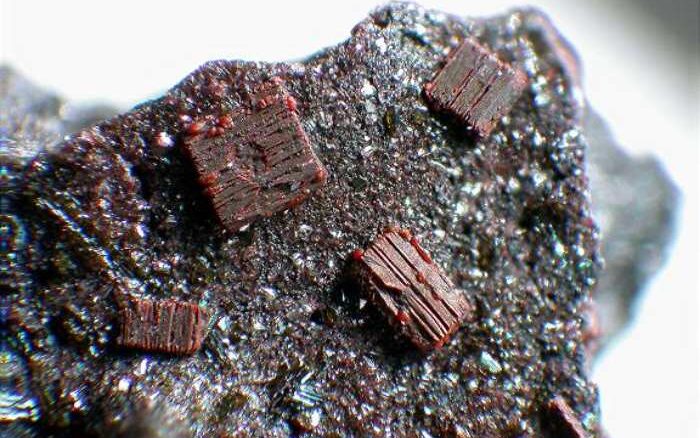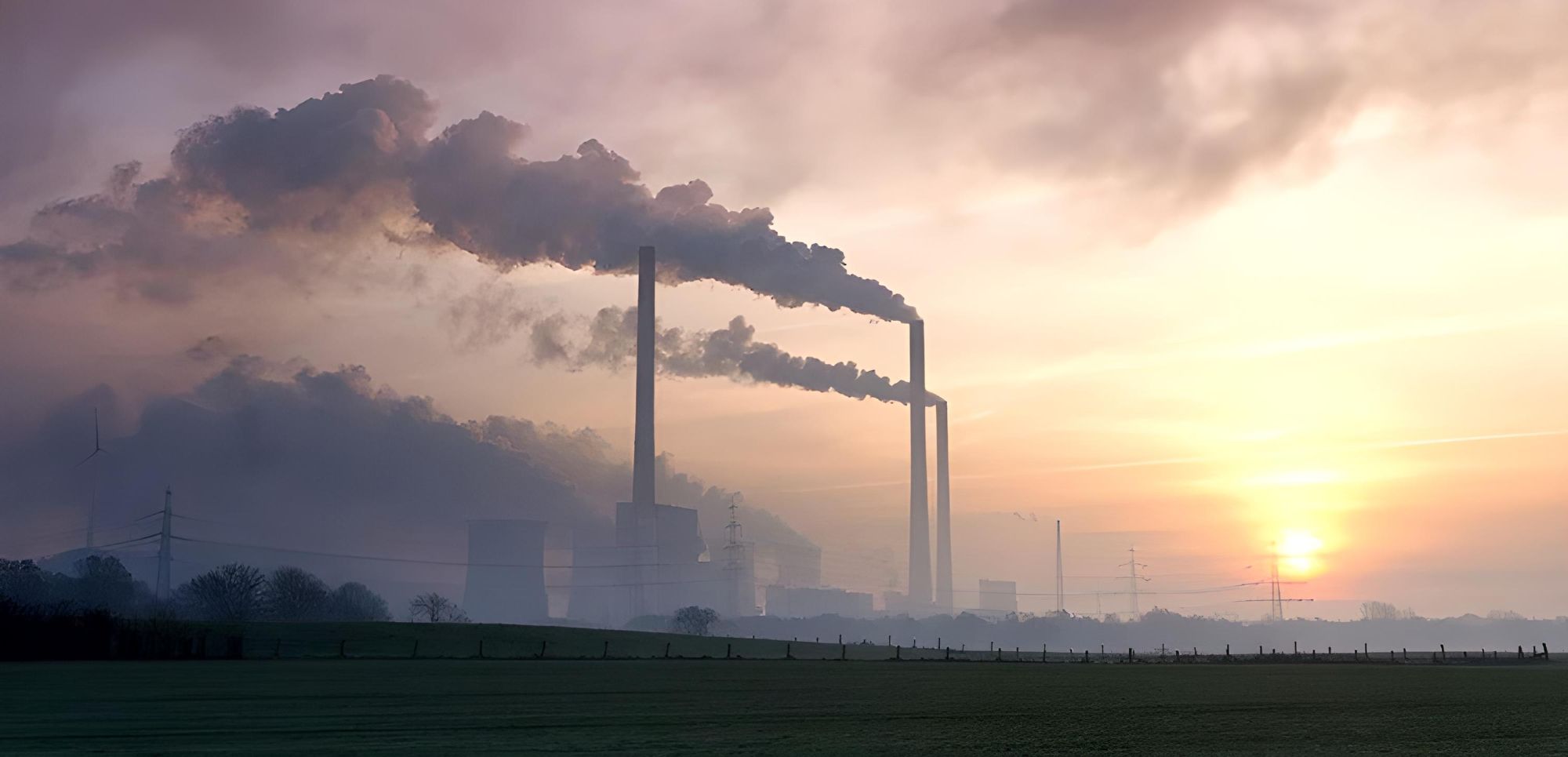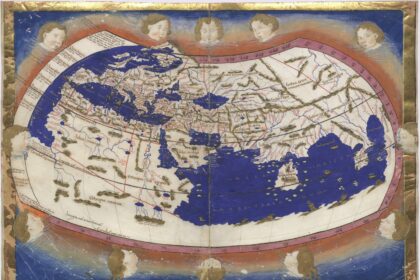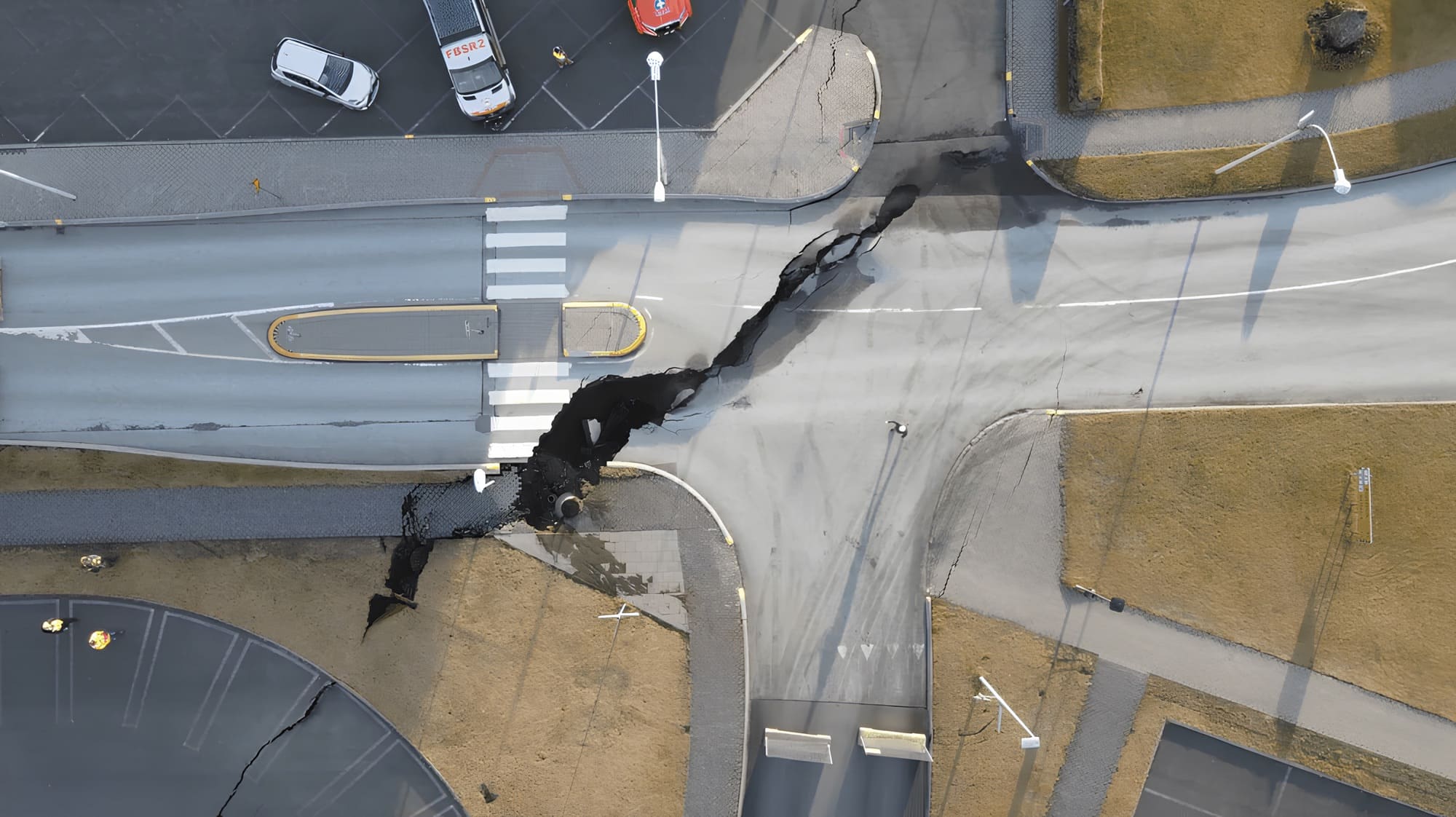Humans have a profound impact on their surrounding ecosystem. But are we even now a geological force because of our actions? Many scientists indeed believe that we have entered a new geological epoch called the Anthropocene. And yet, what exactly does it mean? The most recent epoch in Earth’s history when human activity began to have a substantial influence on the climate and ecosystems is referred to by the unofficial geologic time unit known as the Anthropocene Epoch. Human actions, whether in agriculture, industry, or transportation, are transforming the Earth in a manner that will not “yet” destroy it. Geologists and scientists from other fields are thus debating the Anthropocene, a new geological age defined by the preponderance of our species.
But what really characterizes this new epoch? In what year did it first occur? What makes the argument for the Anthropocene so unique?
Humanity’s impact on Earth
How our species is changing the planet
Humans have altered chemical and biological cycles, influenced the temperature, and altered whole landscapes and ecosystems, leaving a quantifiable and permanent imprint on our world. Scientists in the United States have estimated that humans have altered at least 75% of the Earth’s livable surface. Scientists used the word “anthromes” to refer to these ecosystems as a play on the scientific term “biomes.”
Therefore, scientists now refer to the current epoch, the Anthropocene, as a “man-made epoch” since humans have taken the lead in shaping the planet rather than the natural world. As a result, humans have emerged as one of the most consequential forces shaping the Earth’s system, with their imprints now visible in the rock record.
“Geology of Mankind”
It was Paul Crutzen in the year 2000 who first proposed the concept that mankind may have started a new geochronological epoch. The Dutch chemist and atmospheric scientist who earned the Nobel Prize in Chemistry with two colleagues five years earlier had to prove that the Earth’s protective ozone layer was gradually diminishing owing to emissions of man-made industrial chemicals.
At a meeting, Crutzen coined the term “Anthropocene.” Soon after, he and fellow American scientist Eugene Stoermer used the word in a scholarly journal to designate a new geological epoch. At a later date, he discussed the “Geology of Mankind” in an issue of Nature.
When a concept takes root
It was not a new idea at the time that humans had become the dominant species on Earth; in fact, the Italian geologist Antonio Stoppani had proposed the concept of an Anthropozoic age as early as 1873. Other scientists later came up with terminology like “anthropozoic” and “geological agent” to describe our influence on the planet.
However, with Crutzen’s help, the idea of an artificial age took hold in the scientific community and would spark heated discussion for years to come.
The possible reasons why a new epoch has started
The end of the Holocene
Despite the consensus that humans have had a formative impact on Earth, scientists disagree on whether or not a geochronological epoch should be so termed and, if so, when the Anthropocene began. If human activities leave recognizable fingerprints on the Earth’s strata is a central subject in this discussion.
Will evidence of human involvement last for hundreds or millions of years, even if mankind vanishes in the not-too-distant future? This is the only scenario in which geologists would be willing to name a new epoch after our civilization. Scientists have used data from the crust to categorize the 4.6 billion-year evolution of Earth into several time periods. Only events that may be shown geologically as global in scope are included in their time scale, the International Chronostratigraphic Chart.
The age of relative calm

If you’re interested in geology, you should know that we’re living in the Holocene epoch right now. The end of the previous ice age, about 11,700 years ago, marked the beginning of this epoch and, among other things, the beginning of the end of the mammoth. Intense warming preceded an extended period of extraordinary climate stability that marked the beginning of this epoch.
During the Holocene, which lasted for around 12,000 years, average temperatures, sea levels, and carbon dioxide levels were all very stable. Scientists would have to provide evidence that this relatively steady period has suddenly come to an end if we are really in a new epoch, the Anthropocene.
A remarkable CO2 increase
Many professionals have the conviction that they can achieve this. For example, the Stratigraphic Commission of the Geological Society of London found in 2008 that a section had begun “for which no equivalent could be found in the last million years”. Is there any way to find out for sure?
There are numerous signs that point to the start of a new epoch. For instance, the concentration of greenhouse gases has not been this high in three million years, and human activity, namely the burning of fossil fuels, is the primary cause of this rise in emissions. Because of human activity, there have been discernible changes in the chemical makeup of the atmosphere and seas.
The sixth mass extinction
Our activities have also affected the plant and animal kingdoms. The idea of a sixth major extinction event in Earth’s history has been proposed by certain scientists. Historically, the beginning of a new geological epoch was often followed by mass extinctions since many species were unable to adjust to the altered habitat.
These and other worldwide changes have led to the proposal, by an international Anthropocene working group, that we should search for a “golden spike” to mark the beginning of the Anthropocene epoch in sedimentary records.
How sediments reveal the Anthropocene
In pursuit of the Golden Spike
What kinds of geological deposits on Earth should be used as benchmarks for this new epoch? Researchers are on the hunt for the GSSP (Global Boundary Stratotype Section and Point), or “Golden Spike,” to define the epoch currently known as the Anthropocene. An underground marker for the start of this new age. An alteration in the rock’s isotopic makeup or the discovery of unusual fossils are two examples.
After locating such a stratigraphic signal, it is common practice to pick a sedimentary rock that is as representative as feasible and whose stratigraphic sequence unmistakably demonstrates the change from one epoch to the next. For the beginning of the Holocene, for instance, the isotope values in an ice core from northern Greenland serve as a GSSP because they provide evidence of the significant increase in temperature that occurred at that time.
New minerals

If the Anthropocene is real, however, how can we recognize it? The new mineral formation is one example of an event that has a direct impact on geology; evidence suggests that people have accelerated the rate of rise in the variety of these crystalline compounds more than any other event in history.
These investigations suggest that as many as 208 of the officially recognized 5,208 mineral species are produced solely due to human intervention. First and foremost, the circumstances for the creation of novel compounds were made possible by mining and the processing of metals.
These minerals and mineral-like compounds will stand out in the geologic strata of the future as a worldwide horizon of novel crystalline compounds. They will forever serve as proof that the current era is distinct from all others.
Seasoned technique
However, some scientists have proposed defining the Anthropocene in terms of technofossils, or technological artifacts and buildings that have been preserved by being buried in geological layers. A few examples are plastic debris, concrete chunks, and machinery or manufacturing site artifacts. The technosphere has already left a significant impression on our globe.
The dispersion of radioactive elements in geologic strata is also seen as a signature sign. Because these radionuclides were dispersed over the globe as a result of atomic bomb testing between 1945 and 1963, they may be easily detected in numerous locations and may represent a layer boundary.
Fossils that tell a story
The fossil findings of land-dwelling animals alone could be used to locate the Anthropocene. The reason for this is that domesticated animals, rather than wild ones, would predominate in fossils from our time period. The report claims that human activities will have major effects on the state of the fossils and their discovery locations.
According to the experts, cemeteries are another telling sign of the Anthropocene epoch. A large number of full human skeletons will be discovered in the fossil record today, and they will be arranged in rows next to one another. Together, these fossils should be unprecedented in Earth’s history, and they should be able to pinpoint the beginning and end of the proposed epoch.
When the new epoch should have begun
The issue of when the Anthropocene could have begun is always brought up by the hunt for a “golden spike.” It has not been acknowledged that the beginning of the man-made period coincided with the Neolithic Revolution, some 10,000 years ago. This is the time when our ancestors first established permanent settlements and started cultivating the land.
The Industrial Revolution

In fact, the steam engine’s creation by James Watt and the beginning of the Industrial Revolution in the late 18th and early 19th centuries was the original starting point for Paul Crutzen, who first sparked the Anthropocene discussion.
In reality, during that time, economic and social circumstances underwent a radical shift that affected the whole Earth system. This is due to the clear increase in CO2 and methane concentrations as a result of continuing industrialization. However, mining and smelting also contributed to an increase in the release of heavy metals like lead into the atmosphere.
The Great Acceleration
Many scientists, however, today see the period of rapid industrialization and the start of the so-called nuclear era that started with the conclusion of World War II as even direr.
Scientists call this time period the “Great Acceleration” because of the exponential increase in pressure that human activity exerts on the natural world. The atomic bombings and their aftermath may have changed isotope levels, which might serve as a milestone for the beginning of the Anthropocene.
Is it too late?
Humanity’s impact on the geological record is certain to become noticeable sometime after the 1950s. Many scientists regard this time as the beginning of the Anthropocene. However, others disagree.
There are others who argue that humanity’s imprint on Earth is already plain to see, from the earliest use of fire through the development of agriculture. If the Anthropocene starts so late, they argue, it will ignore thousands of years of human impact.
What sets apart the Anthropocene epoch
Far beyond the field of geology
The concept of a geological era is no longer only debated in academic settings, and stratigraphy has become the subject of popular debate thanks to the Anthropocene. Environmentalists, philosophers, politicians, and journalists are all involved in the debate over whether or not we have entered the Anthropocene, but the final say rests with geologists.
In particular, the geological time scale is ultimately decided by the International Union of Geological Sciences (IUGS). Once a candidate for the new epoch’s “zero hour” has been identified, the proposal must be verified by several committees before being approved by the International Union of Geodesy and Astronomy (IUGS).
Timeframes for this are uncertain; currently, scientists aim to be ready to commit to a “golden spike” of the Anthropocene. Even if they do, however, it is not certain that the IUGS will officially adopt this term. For instance, from a geological point of view, it is rather rare to portray a species as a geological force when that species has only been on Earth for the time equivalent to a single blink.
Humans’ place in the world is being rethought
The concept of the Anthropocene, however, is a manifestation of a societal reassessment that transcends any particular stratigraphic description. Humans are becoming more and more aware of the effects they have on the Earth and the future generations who may be affected by these changes. Our species is to blame for the changes, some of which may endanger human civilization.
The Anthropocene concept simultaneously contains a call to redefine the position of humans in relation to nature and in the cosmos and to deal responsibly with limited natural resources.
However, there is a vast chasm between the mobilization of people, organizations, governments, or even a global community and this somewhat abstract responsibility for an unknowable future.
Bibliography
- Geology of mankind | Nature
- Ellis, Erle (2018). Anthropocene: A Very Short Introduction. Press. doi:10.1093/actrade/9780198792987.001.0001.
- Hamilton, Clive (2017). Defiant Earth: The Fate of Humans in the Anthropocene. Polity. ISBN 978-1509519750.
- Steffen, Will; Crutzen, Paul; McNeill, John (2007). “The Anthropocene: Are Humans Now Overwhelming the Great Forces of Nature?”doi:10.1579/0044-7447(2007)36[614:taahno]2.0.co;2.





